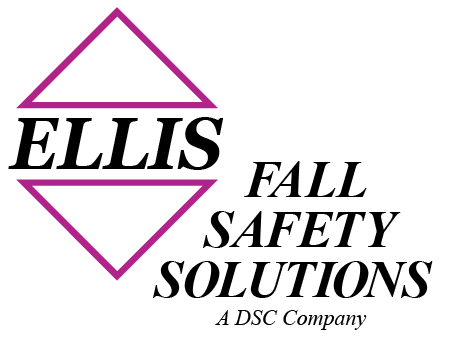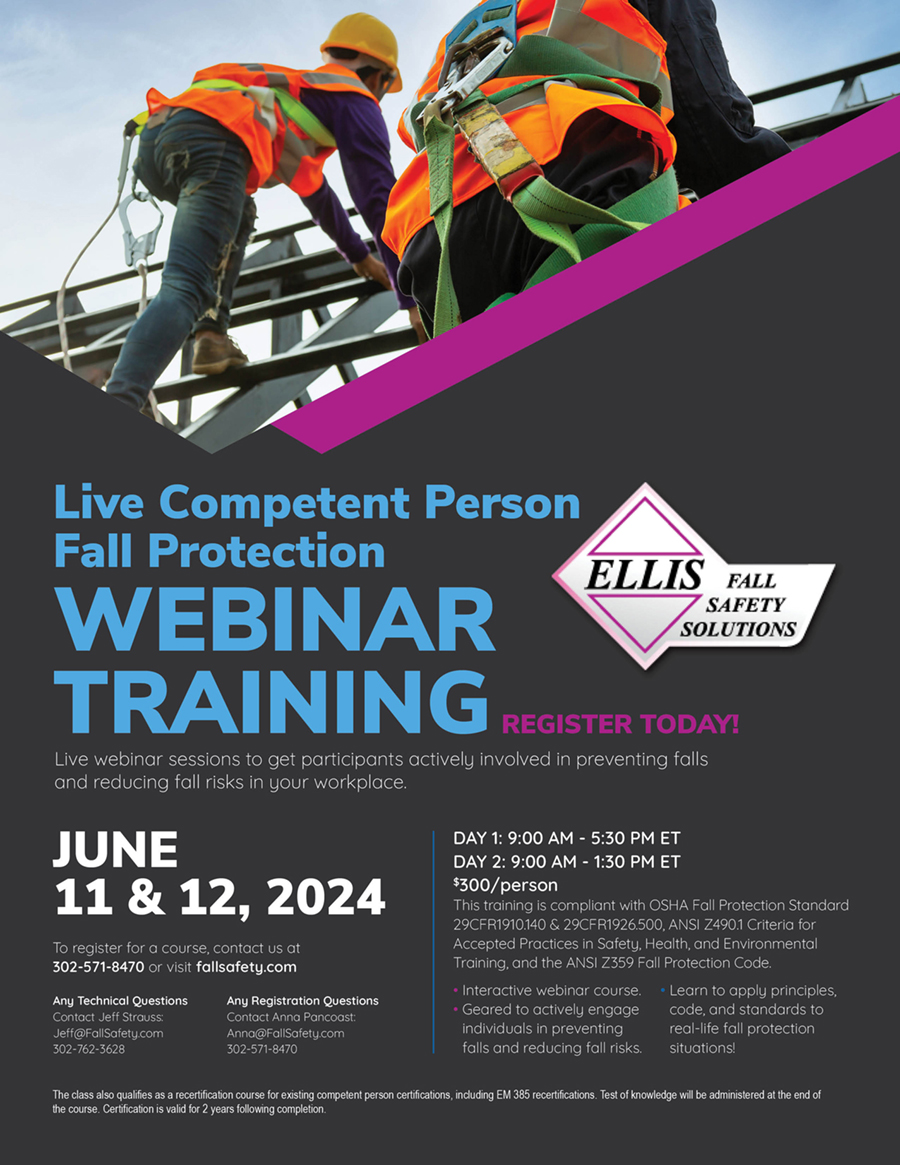The choice of snaphooks to link rope-grab components is a vital safety matter. Only instructions from the manufacturer of the rope grab should be followed to ensure the hardware is compatible. No other snaphooks should be used to avoide potential roll-out or burst-out. Other parts of this book address the problems of mixing and matching and misuse. All snaphooks should be of self-locking design, maintained in optimum operating condition, and discarded if they are jammed or damaged.
If a manufacturer’s snaphook instructions for use and inspection are not crystal clear, a new manufacturer should be sought.
See “Introduction to Fall Protection, 4th Edition” page 236.
Order your copy of “Introduction to Fall Protection, 4th Edition” today. This invaluable resource will take you from the structure design stage to post construction maintenance. Click to find out more!

